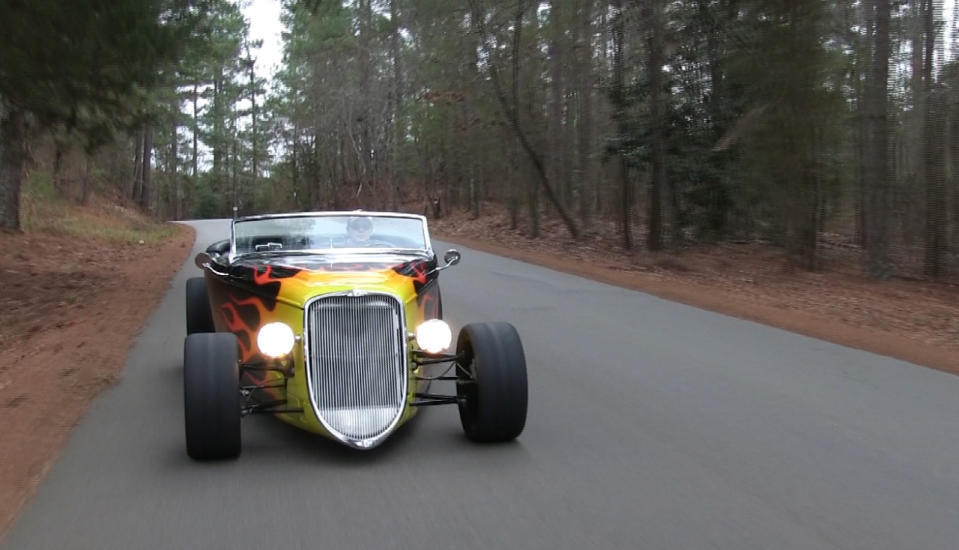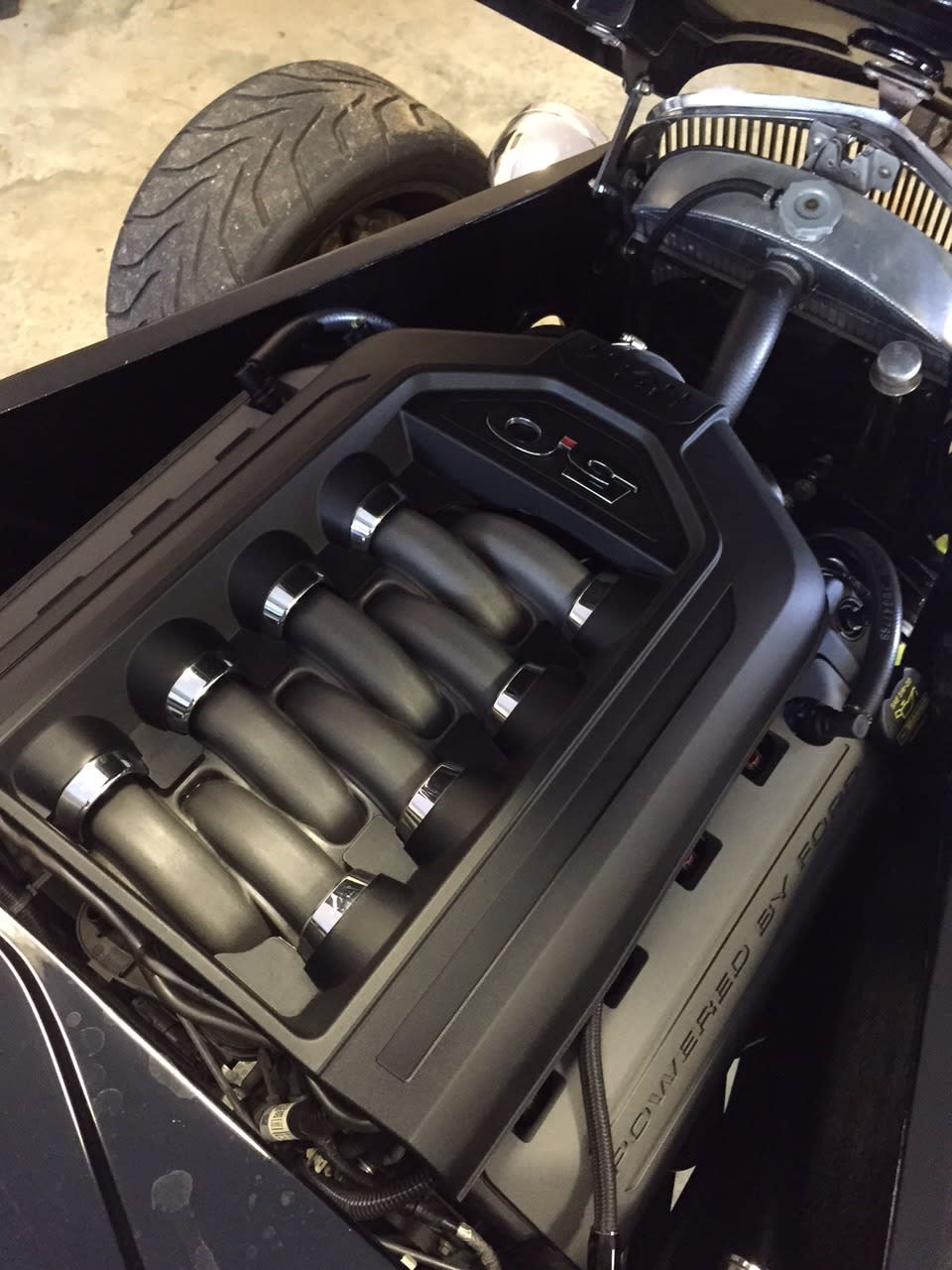Driving The ‘33 Ford Hot Rod You Can Buy Instead Of Build
Rarely does Congress pass a bill that we can all agree is awesome. But that’s what it did last year with the Low Volume Motor Vehicle Manufacturers Act of 2015, a piece of legislation that will soon allow you to buy some very cool cars that were formerly verboten. Like, how about a tube-frame, inboard-front-suspension, 5.0 Coyote-powered hot rod?
Right now Factory Five Racing sells just such a car, its ’33 Ford Hot Rod, in component form. But, thanks to the new law, next year you should be able to buy it turnkey, no assembly required. For small companies like Factory Five, this is a huge deal.

The new rules include a few caveats. First of all, the manufacturer can’t build more than 5,000 cars per year, so the Chevrolets of the world cannot start rolling out brand-new 1985 IROC-Zs, not matter how fervently we wish that were the case. Second, the cap on turnkey production is 325 cars. And finally, the cars themselves have to be based on designs that have been out of production for at least 25 years. That’s frankly kind of strange: In Factory Five’s case, it means that their GTM supercar would still be illegal as a turnkey proposition, unless they made it look like a ‘60s Ford GT40. Why do aesthetics matter? Ask your congressman.

Or just rejoice in the fact that you can buy a ’33 Ford hot rod without spending 300 hours bolting it together in your garage. Factory Five’s interpretation of a hot rod is basically a racecar draped in retro bodywork—tube frame, bonded and riveted aluminum skin, 50-50 weight distribution, all-independent suspension. With a 32-valve Ford 5.0 Coyote engine and 2,248-pound curb weight, the ’33 is good for 0-60 in 3.6 seconds. Right now, Ford doesn’t sell the 5.0 as a complete emissions-certified package (as GM does with its E-Rod crate engines), but Factory Five expects that to change. The Low-Volume law doesn’t concern itself with crash testing or safety, but the completed cars still have to meet emissions requirements, which gives companies like Ford and Chrysler an incentive to offer their existing crate engines fitted with the relevant emissions equipment.


 Yahoo Autos
Yahoo Autos 